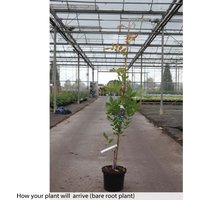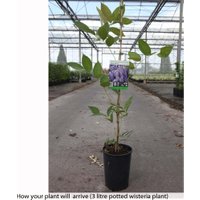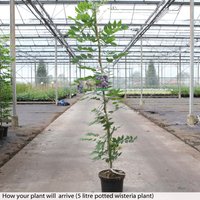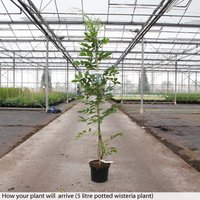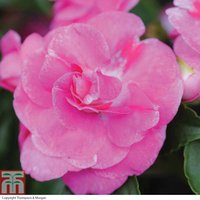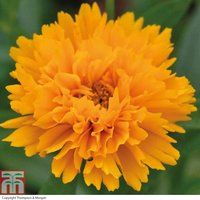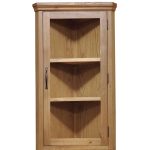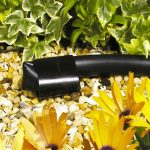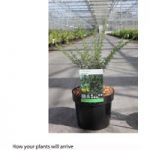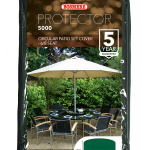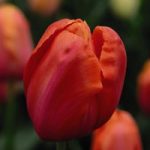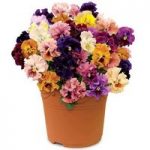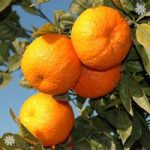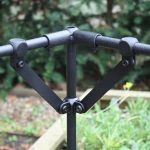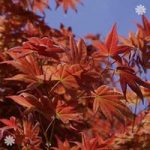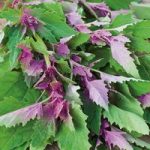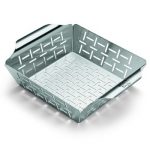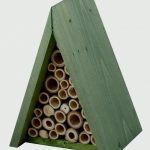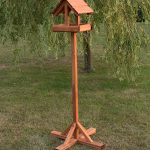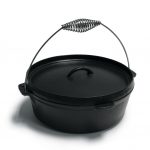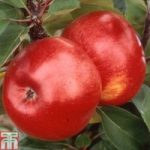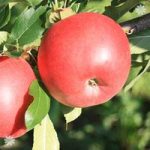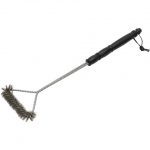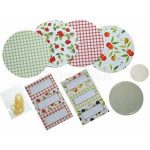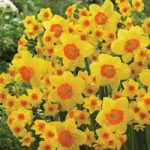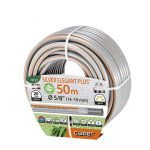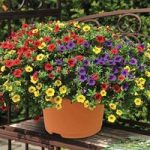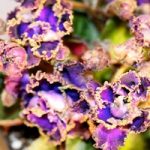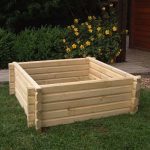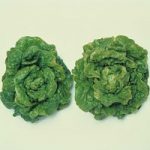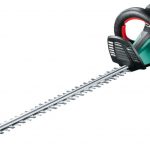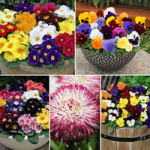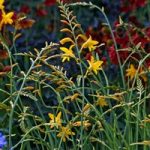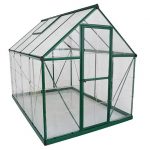Category Archives: Plants & Seeds
Wild Cherry (Hedging)
 Plant Wild Cherry as part of your hedgerow and look forward to surprises all year round! In spring, watch as buds form and then burst into bloom, transforming your hedge with a mass of pure white blossom, soft and frothy. In summer, the flowers form into small bright red cherries. Share these with the birds,
Plant Wild Cherry as part of your hedgerow and look forward to surprises all year round! In spring, watch as buds form and then burst into bloom, transforming your hedge with a mass of pure white blossom, soft and frothy. In summer, the flowers form into small bright red cherries. Share these with the birds,
Hawthorn (Hedging)
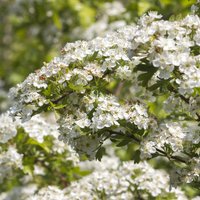 Hawthorn is often grown as part of a native hedgerow, where its clusters of white flowers are a distinctive sight in spring. Later in the year these become bunches of red berries, greatly sought after by birds. Hawthorn has another useful quality – with thorny branches it grows into a dense and inpenetrable thicket, making
Hawthorn is often grown as part of a native hedgerow, where its clusters of white flowers are a distinctive sight in spring. Later in the year these become bunches of red berries, greatly sought after by birds. Hawthorn has another useful quality – with thorny branches it grows into a dense and inpenetrable thicket, making
Golden Privet (Hedging)
 Bright and bold, the Golden Elderberry makes a striking addition to your garden and an unusual deciduous hedge. The attractive yellow-green, pinnate leaves are the perfect compliment to the panicles of sweetly scented dainty white flowers in early summer. These nectar-rich blooms are followed in autumn by clusters of small black elderberries which contrast beautifully
Bright and bold, the Golden Elderberry makes a striking addition to your garden and an unusual deciduous hedge. The attractive yellow-green, pinnate leaves are the perfect compliment to the panicles of sweetly scented dainty white flowers in early summer. These nectar-rich blooms are followed in autumn by clusters of small black elderberries which contrast beautifully
Twisted willow (Hedging)
 Twisted willow, also known as the Corkscrew Willow, is a deciduous tree known for its bizarre, contorted growing habit. Salix babylonica ‘Tortuosa’ grows quickly, producing stems that twist and turn like a corkscrew – even the leaves do the same! Yellow catkins appear on bare branches in spring, with bright green foliage following on. For
Twisted willow, also known as the Corkscrew Willow, is a deciduous tree known for its bizarre, contorted growing habit. Salix babylonica ‘Tortuosa’ grows quickly, producing stems that twist and turn like a corkscrew – even the leaves do the same! Yellow catkins appear on bare branches in spring, with bright green foliage following on. For
Scabious ‘Blue Jeans’
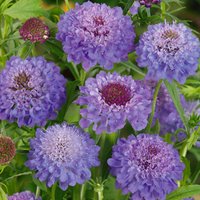 An abundance of blue pincushion scabious flowers will attract bees and butterflies throughout summer. The tall, wiry stems can also be cut to create a pretty display indoors. Scabiosa ‘Blue Jeans’ blends well among cottage garden borders, where they look particularly effective planted in large drifts. Height and spread: 45cm (18).
An abundance of blue pincushion scabious flowers will attract bees and butterflies throughout summer. The tall, wiry stems can also be cut to create a pretty display indoors. Scabiosa ‘Blue Jeans’ blends well among cottage garden borders, where they look particularly effective planted in large drifts. Height and spread: 45cm (18).
Verbascum x hybrida ‘Southern Charm’ (Garden Ready)
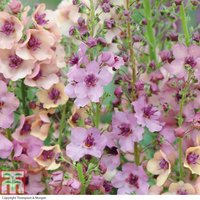 Thanks to successful breeding we can now have the versatile Verbascum in gorgeous pastel shades. Long spikes bear 1in flowers in shades of apricot, dusky pink, cream and lavender-pink over a long period. Use them for bedding (sown in the previous autumn), herbaceous borders and containers. Do not forget that they make fantastic cut flowers
Thanks to successful breeding we can now have the versatile Verbascum in gorgeous pastel shades. Long spikes bear 1in flowers in shades of apricot, dusky pink, cream and lavender-pink over a long period. Use them for bedding (sown in the previous autumn), herbaceous borders and containers. Do not forget that they make fantastic cut flowers
Verbena bonariensis (Garden Ready)
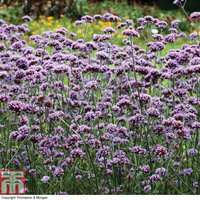 Tightly clustered florets form glowing lavender flower heads that float atop stiffly upright, branching stems. The long lasting blooms of Verbena bonariensis attract clouds of bees and butterflies. This perennial verbena has enjoyed a resurgence in popularity in recent years, associating beautifully with grasses for a tranquil planting scheme, or adding a touch of architectural
Tightly clustered florets form glowing lavender flower heads that float atop stiffly upright, branching stems. The long lasting blooms of Verbena bonariensis attract clouds of bees and butterflies. This perennial verbena has enjoyed a resurgence in popularity in recent years, associating beautifully with grasses for a tranquil planting scheme, or adding a touch of architectural
Erigeron ‘Stallone’
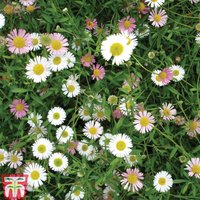 Coastal locations and other exposed gardens can be tough on flowers but Erigeron ‘Stallone’ or as it’s more commonly called Fleabane or Beach Aster will cope with these conditions admirably. The daisy-like blooms will look very attractive tumbling over walls or positioned in paving cracks and will surprise you with how resilient and long flowering
Coastal locations and other exposed gardens can be tough on flowers but Erigeron ‘Stallone’ or as it’s more commonly called Fleabane or Beach Aster will cope with these conditions admirably. The daisy-like blooms will look very attractive tumbling over walls or positioned in paving cracks and will surprise you with how resilient and long flowering
Copper Beech (Hedging)
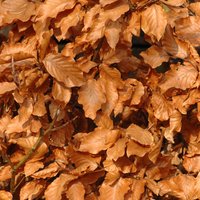 Hedging needn’t be just in shades of green, consider Fagus sylvatica, a classic copper beech instead. Copper beech is easy to care for as it just needs clipping once or twice a year to maintain it’s density and overall shape. It’s natural habit is to form a thick hedge as it’s branches intertwine making it
Hedging needn’t be just in shades of green, consider Fagus sylvatica, a classic copper beech instead. Copper beech is easy to care for as it just needs clipping once or twice a year to maintain it’s density and overall shape. It’s natural habit is to form a thick hedge as it’s branches intertwine making it
Cherry laurel (Hedging)
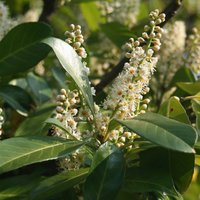 Laurel is a well known hedging plant species and the Cherry Laurel in particular demonstrates the many reasons why they are so popular. Prunus laurocerasus ‘Rotundifolia’ is a worthy RHS AGM winner, awarded in part for it’s large glossy leaves and the elegant creamy white flower spikes that form in Spring. The fragrant blooms will
Laurel is a well known hedging plant species and the Cherry Laurel in particular demonstrates the many reasons why they are so popular. Prunus laurocerasus ‘Rotundifolia’ is a worthy RHS AGM winner, awarded in part for it’s large glossy leaves and the elegant creamy white flower spikes that form in Spring. The fragrant blooms will
Eryngium planum ‘Blue Hobbit’ (Garden Ready)
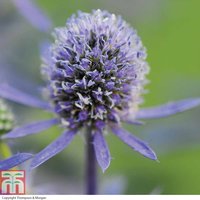 Eryngium ‘Blue Hobbit’ is an unusual and striking plant with sprays of spikey electric blue flowers, with up to 100 on each plant. They are very adaptable and can grow in various types of soil, and also in patio containers. As a dwarf variety it has a compact habit that is very low maintenance. Height
Eryngium ‘Blue Hobbit’ is an unusual and striking plant with sprays of spikey electric blue flowers, with up to 100 on each plant. They are very adaptable and can grow in various types of soil, and also in patio containers. As a dwarf variety it has a compact habit that is very low maintenance. Height
Yucca filamentosa
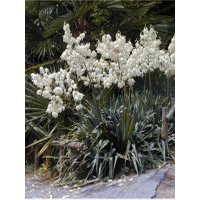 Also known as Adam’s needle and thread, this unusual architectural plant forms a low clump of evergreen sword-shaped leaves with curious, fine curly filaments along the the leaf edges. From late summer, a truly spectacular flower spike emerges, rocketing up to 2 metres in height! The large waxy, creamy coloured flowers nod elegantly and are
Also known as Adam’s needle and thread, this unusual architectural plant forms a low clump of evergreen sword-shaped leaves with curious, fine curly filaments along the the leaf edges. From late summer, a truly spectacular flower spike emerges, rocketing up to 2 metres in height! The large waxy, creamy coloured flowers nod elegantly and are
Weigela ‘Red Prince’
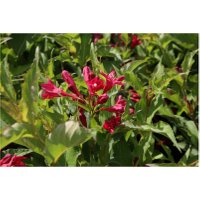 Quoted as the ‘best of the reds’ in RHS trials, this fantastic deciduous shrub erupts into bloom in late spring and early summer, producing masses of rich red, trumpet-shaped flowers. Awarded an RHS AGM for its outstanding performance, Weigela ‘Red Prince’ is a reliable, hardy shrub which is unfussy about soil and has a naturally
Quoted as the ‘best of the reds’ in RHS trials, this fantastic deciduous shrub erupts into bloom in late spring and early summer, producing masses of rich red, trumpet-shaped flowers. Awarded an RHS AGM for its outstanding performance, Weigela ‘Red Prince’ is a reliable, hardy shrub which is unfussy about soil and has a naturally
Busy Lizzie ‘Musica Pink’
Viburnum tinus
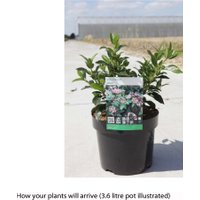 Also known as Laurustinus, this Mediterranean evergreen shrub is an excellent all-round plant, thriving in any soil and growing equally well in full sun or deep shade! The leathery dark green leaves are accompanied in winter and spring by flattened clusters of fragrant white flowers, which last for a long time on the plant and
Also known as Laurustinus, this Mediterranean evergreen shrub is an excellent all-round plant, thriving in any soil and growing equally well in full sun or deep shade! The leathery dark green leaves are accompanied in winter and spring by flattened clusters of fragrant white flowers, which last for a long time on the plant and







